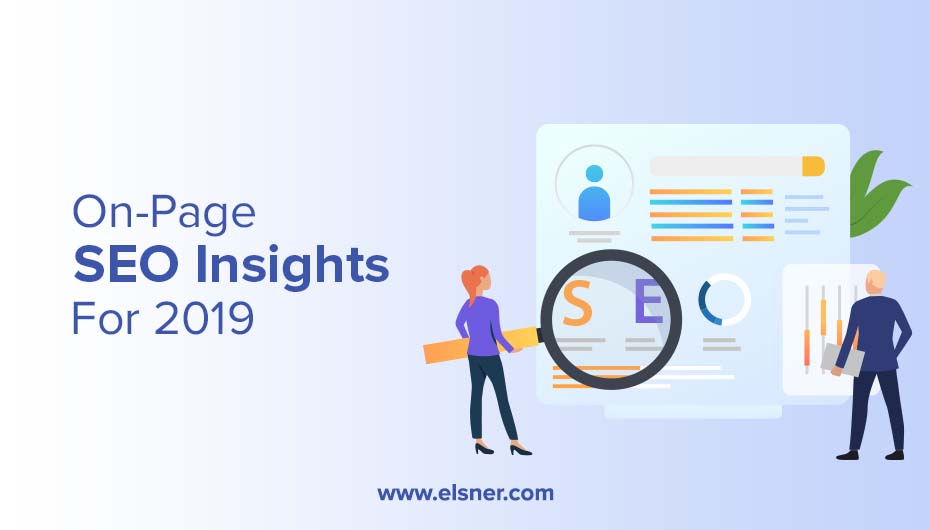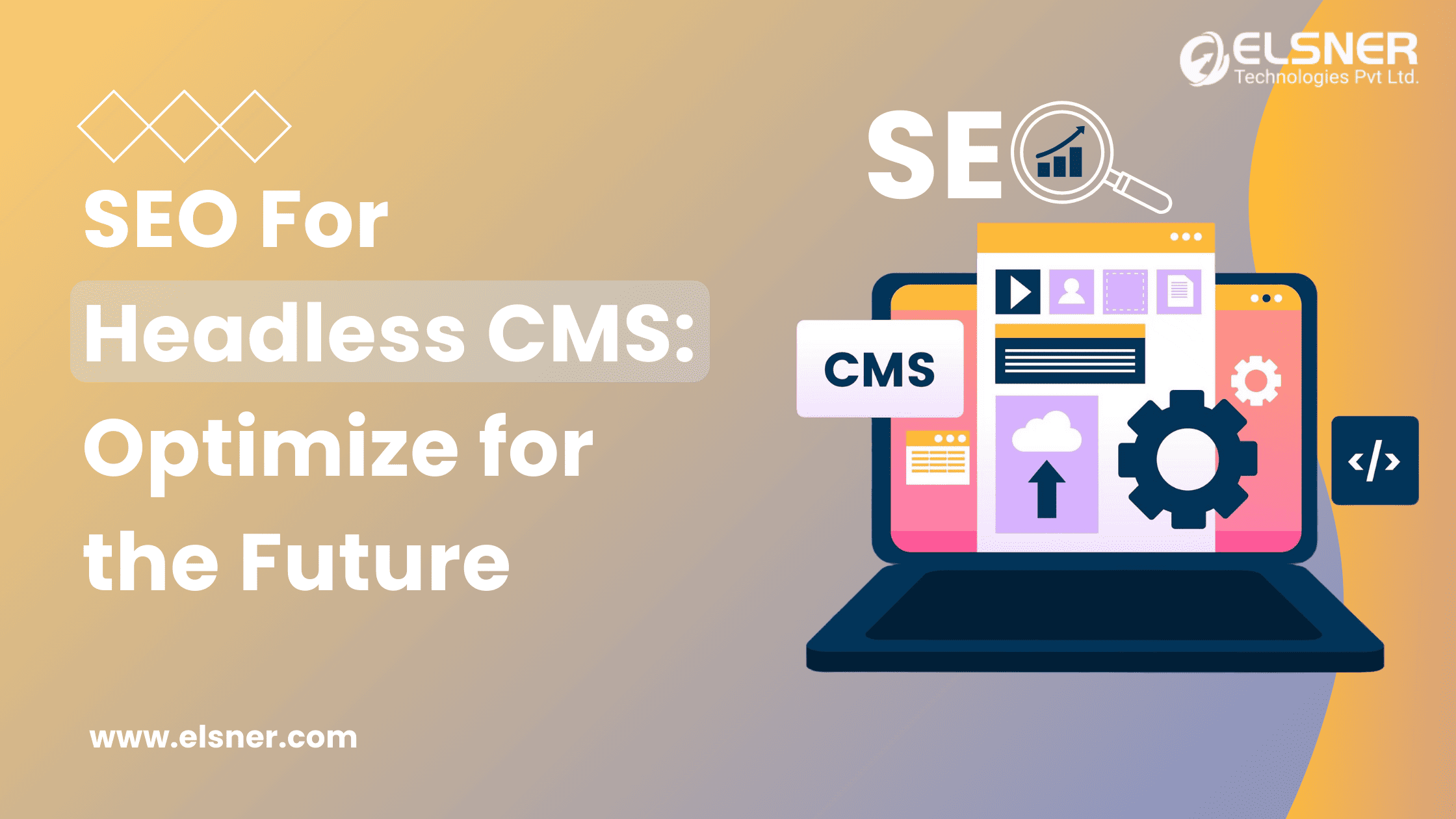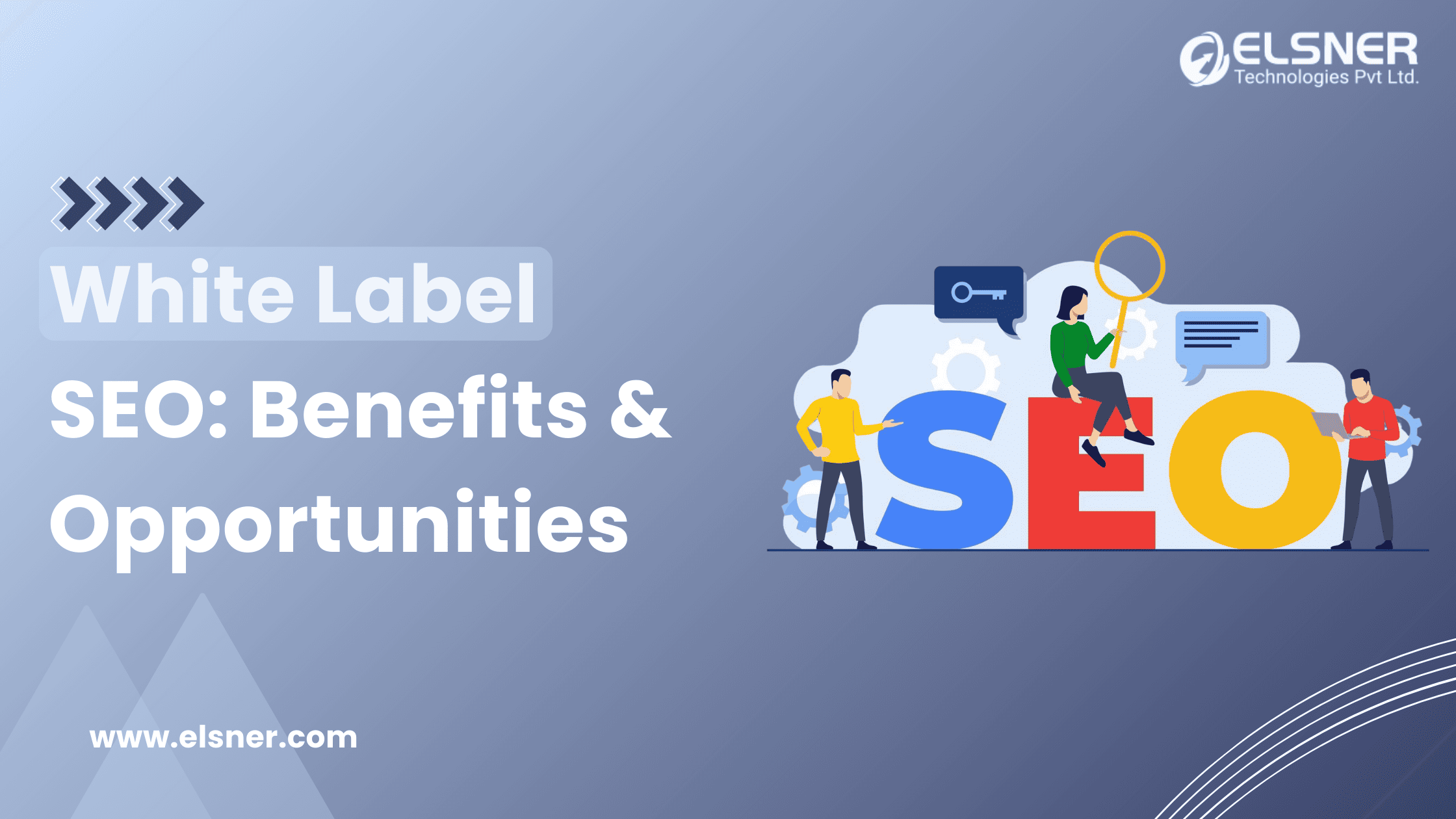- Why the need? Let’s have a look at the below example;
- Get in the game of “search intent” optimization:
- Drop your keywords smartly:
- Include FAQs and try to answer the common questions:
- Ensure a faster loading page:
- Wrap your target keywords in the title, meta descriptions, and H1 tags:
- Page Title:
- <H1 Header Tag>
- Description Tag:
- Keep the URL’s short and descriptive:
- Make the best from the Internal and External links:
- Optimize the file names and use descriptive alt tags:
- Use appropriately the Schema markup to increase CTR:
- Final Thoughts:
We know you are feeling frustrated that even after spending hours behind creating awesome content and pleasing your followers on social media, you are unable to increase the search engine rankings!
Are you thinking that your current marketing strategy isn’t just cutting it? You would have a high-ranking keyword in your mind but not able to recognize where to place them right?
It is of utmost importance to optimize even a great piece of content to rank your page on the first page. The main goal of optimizing the web pages is to increase the organic traffic to your site.
You just can not rank on the topper-most of the popper-most by using synonyms and semantically-related keywords. The techniques have gone beyond this placement and are continuously being monitored by the SEO services in USA.
We are sure as an SEO expert applying best SEO marketing services, you would have heard about the meta tags and keyword density, now let’s have a look at some practical examples and know on page SEO tips.
We advise not to trade value for better rankings. Do no adopt practices of deceiving the search engines because at the end your efforts will make a worth.
Why the need? Let’s have a look at the below example;
When you search in Google for “SEO services in USA”, you get examples as shown below. Analyzing the result, it is evident that it shows results for the best SEO company, SEO services, SEO rankings and more.
Which means Google understands what you will be looking for when you type SEO services in the USA and shows results accordingly.
It is now the right time to stop optimizing the web pages like the way we do back in 1999!
-
Get in the game of “search intent” optimization:
You should analyze the top and best-ranking pages and understand the search intent. Understand the structure and the target keyword placement. Design your site structure accordingly.
You need to be aware of the page structure of your competitors and should try to build a page accordingly.
Try to investigate the ranking pages and find out how Google publishes relevant search results to the user.
You can walk the walk and make the content better by adding images, video, charts, quotes, external links, etc.
Google only wants to serve it’s customers the most appropriate result. It returns the product and the category pages analyzing what searchers want to see.
Ask yourself a few questions:
- > What does your target audience want to see?
- > Do they want step-wise information?
- > Do they want a list of services or products they searched for?
- > Are they looking something very different?
-
Drop your keywords smartly:
Make a practice to place your primary target keyword in the first 100 words so that it allows Google to understand your web page context clearly. You can also target it in the first sentence.
You can also include synonyms and relevant phrases to acknowledge Google about your primary keyword.
Do not stuff the content with the keywords, focus more on delivering quality rather than quantity.
-
Include FAQs and try to answer the common questions:
You need to consistently update the data when you are listing some facts and figures. The web page should answer precisely what the searcher is looking for. FAQs are the best way to answer the questions in the post itself.
-
Ensure a faster loading page:
Does your webpage take ages to load? And if that’s happening than every time the user who visits your page will press the back button and choose the different search result over yours.
You can optimize the webpage by reducing the size of the images and eliminate unnecessary HTML. We all know, slow loading pages are annoying right? Why not boost the page speed.
You can check Google’s Page-speed Insights tool and get the optimization suggestions. Make sure that in the process of speeding up, you do not affect the site rankings.
-
Wrap your target keywords in the title, meta descriptions, and H1 tags:
You can place the target keyword in the title, meta descriptions, H1 wherever it makes sense. You can place a semantically word also which Google will understand.
Page Title:
The title tag is an important factor behind on page SEO. It is desirable by the search engines to include keywords at the beginning of the title tag. It enhances the click-through rate. Try to make a title that fits 65 characters and is not truncated in the Google SERP.
You can also include CTRs like numbers, year, top, best, etc.
<H1 Header Tag>
Try to include keywords you want to rank in the H1 tag. It can be a ranking phrase or a keyword that can drive a good amount of traffic on the site.
You can frame an eye-catching title so that the page can be found easily in the search results. The content in the H1 tag is quickly reviewed and allows Google to know what the web page follows.
Description Tag:
The description should be compelling enough to attract the searcher and getting the click from them. You can optimize the description keeping it 160 characters long. You can include target keywords and a call to action at the end.
-
Keep the URL’s short and descriptive:
Try to include primary keywords in the webpage URL. Google describes that the first 3-5 words in URL are given more importance as compared to others.
-
Make the best from the Internal and External links:
Internal links help in building the site’s authority. It also improves the website’s crawability and indexability and helps you to rank high. You can use descriptive anchor text. Avoid placing more than 1 link landing to the same page. Make sure that whichever URL path you mention is correct.
-
Optimize the file names and use descriptive alt tags:
“8.1 million (3.3%) Americans have a vision impairment. These people might rely on a screen magnifier or a screen reader, or might have a form of color blindness.”
- An astonishing fact!
An alt tag describes the images. If it can include the target keywords it would be better. You can make the tag a bit descriptive so it optimizes the most prominent image.
-
Use appropriately the Schema markup to increase CTR:
People are drawn automatically more towards a search result with rating, reviews, and images. They tend to increase the click-ability of the web pages. It doesn’t mean to include the schema for every web page, you can include it only to the relevant web pages.
Final Thoughts:
It’s not easy to crack the piece of content. You can stuff the contents with some LSI keywords. It’s all about providing the user with the content they are actually looking for. You can also avail the best SEO services at an affordable price by connecting with the digital marketing service providing company.
However it is not really that easy to solve the puzzle and get through it, you have to be patient.

About Author
Pankaj Sakariya - Delivery Manager
Pankaj is a results-driven professional with a track record of successfully managing high-impact projects. His ability to balance client expectations with operational excellence makes him an invaluable asset. Pankaj is committed to ensuring smooth delivery and exceeding client expectations, with a strong focus on quality and team collaboration.





